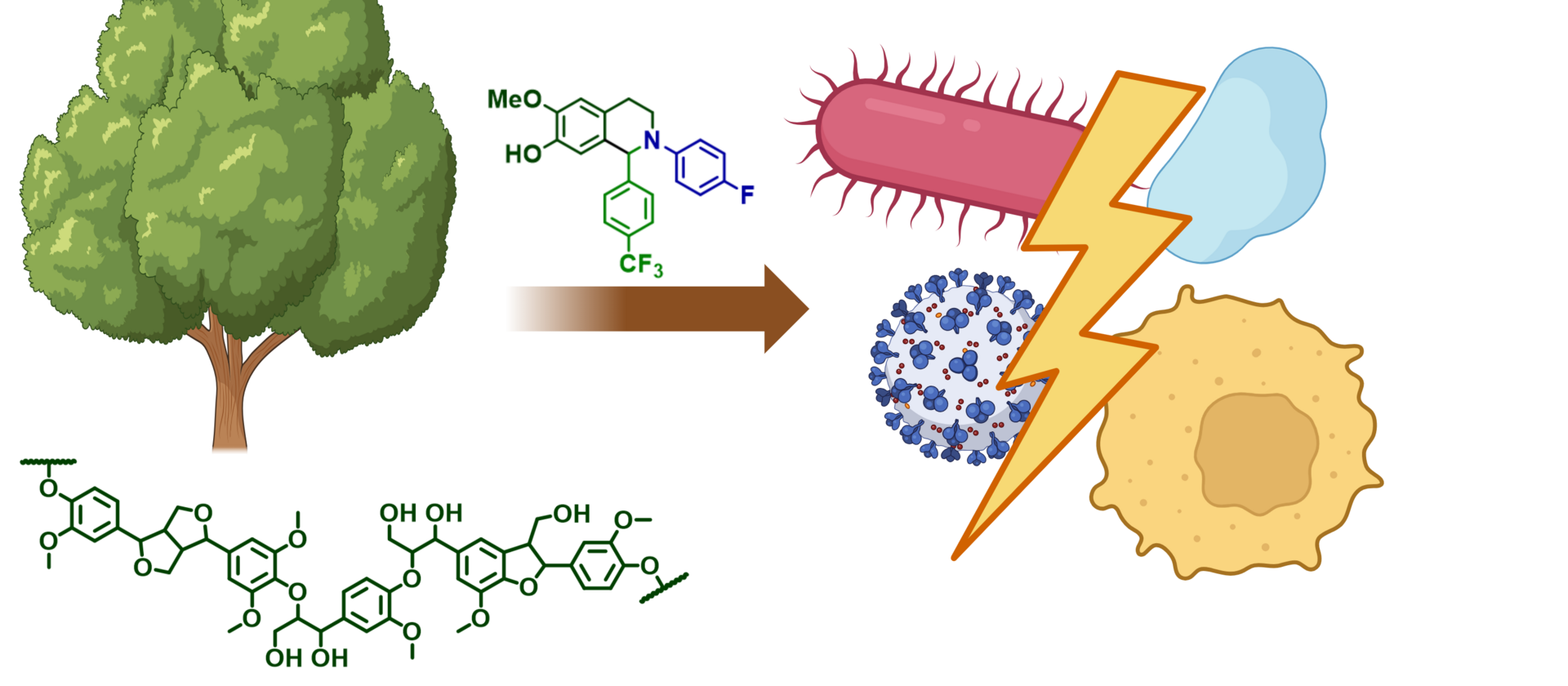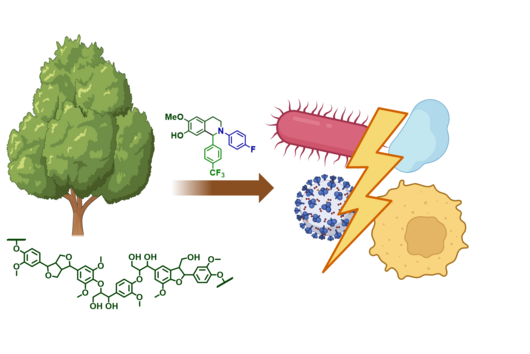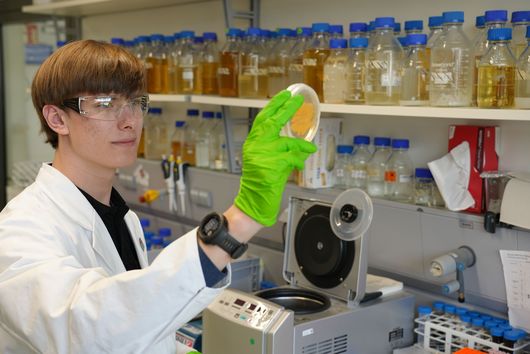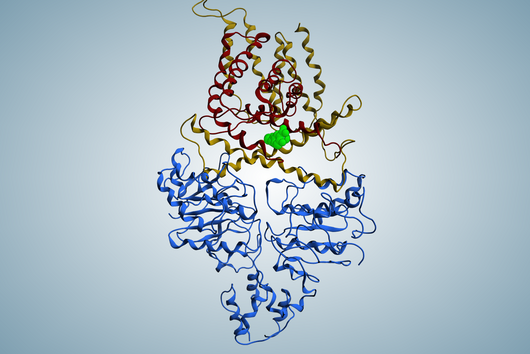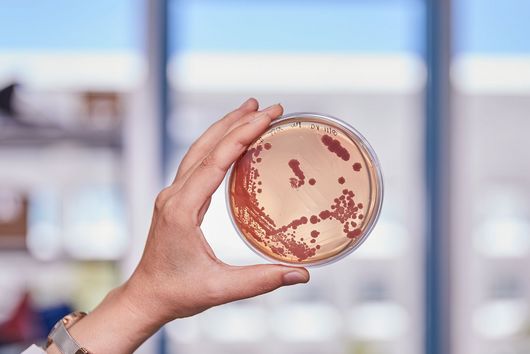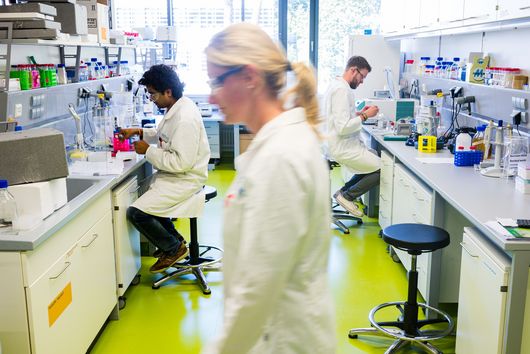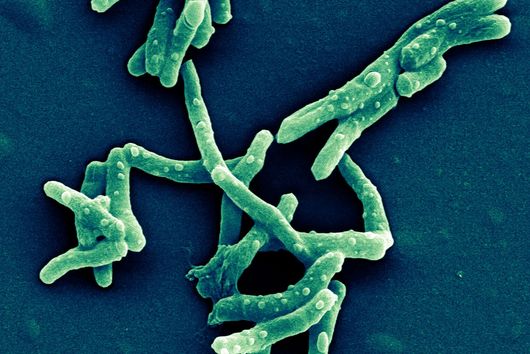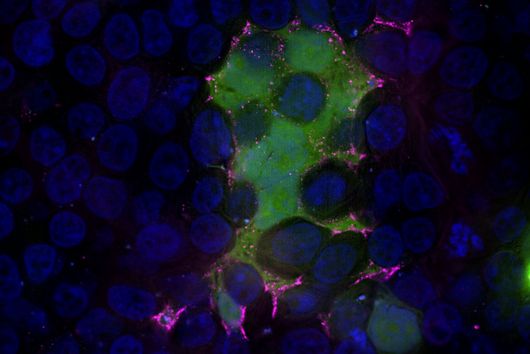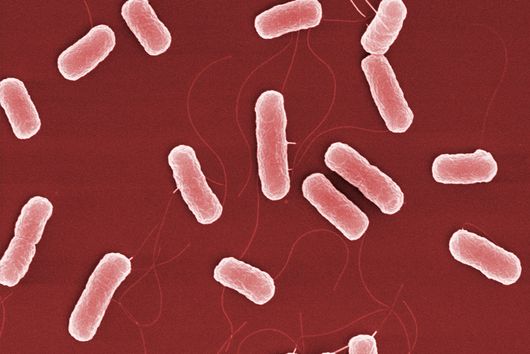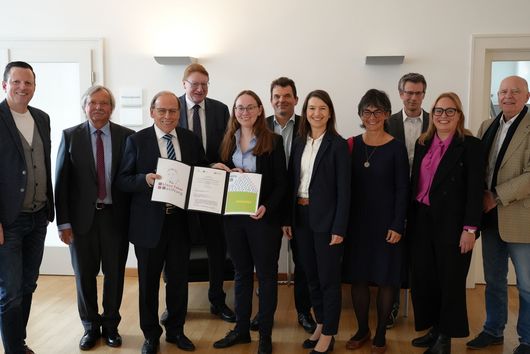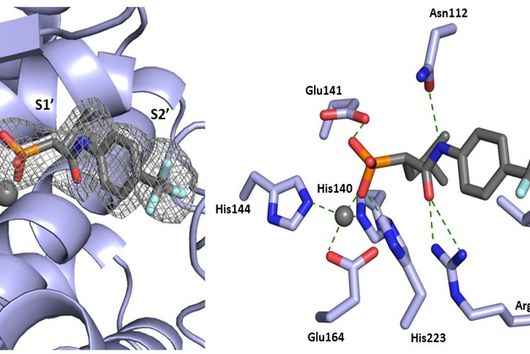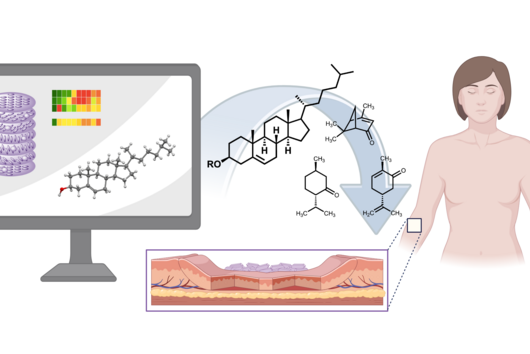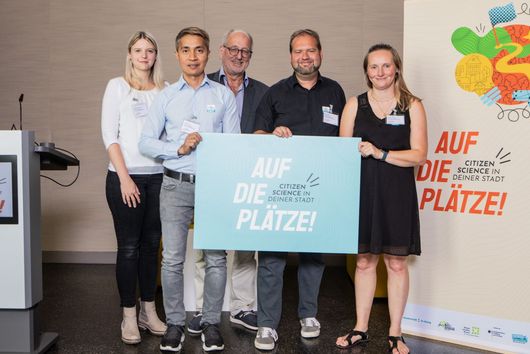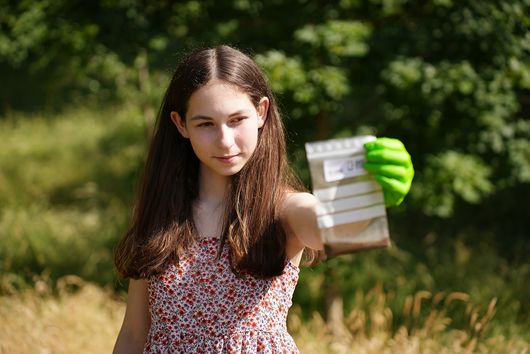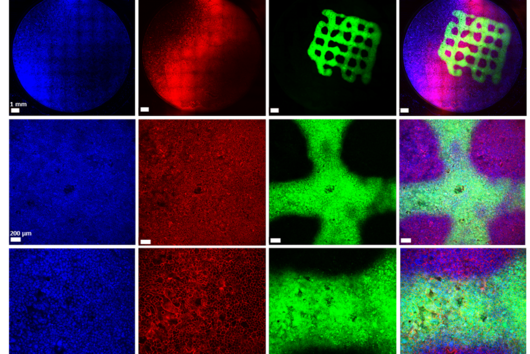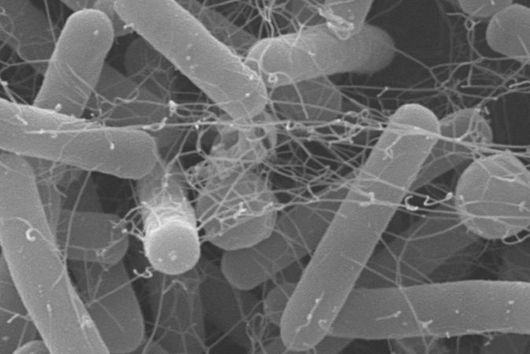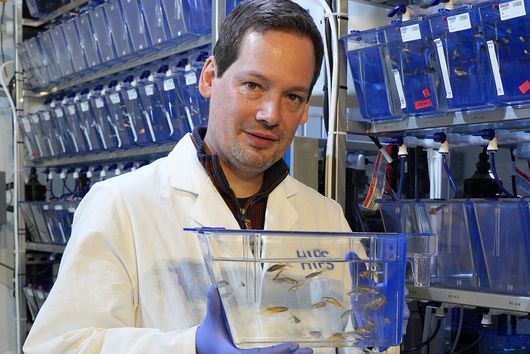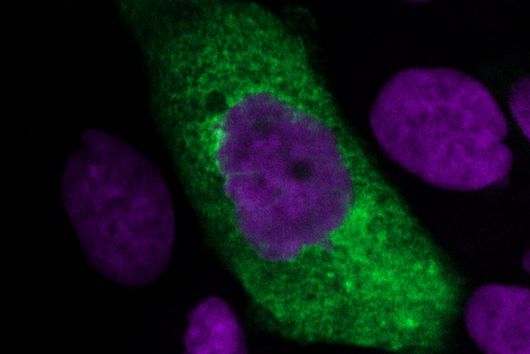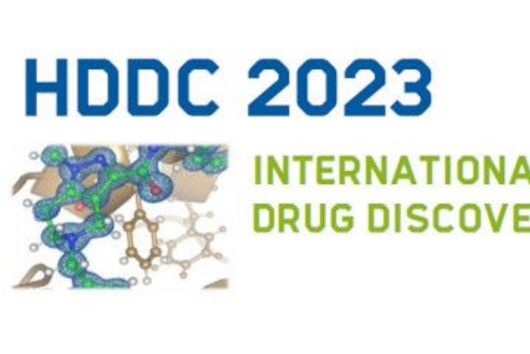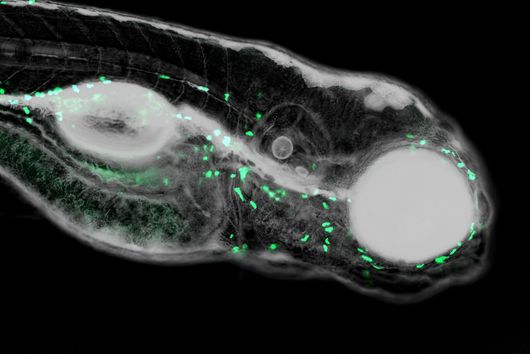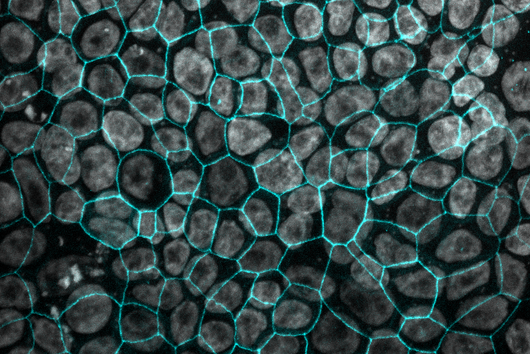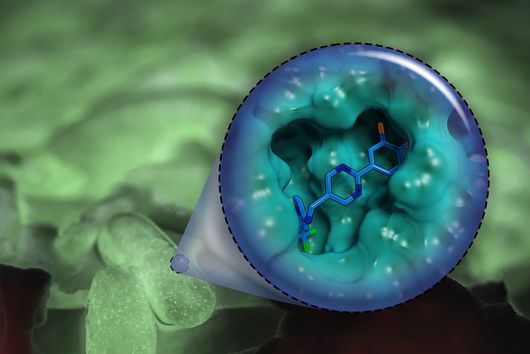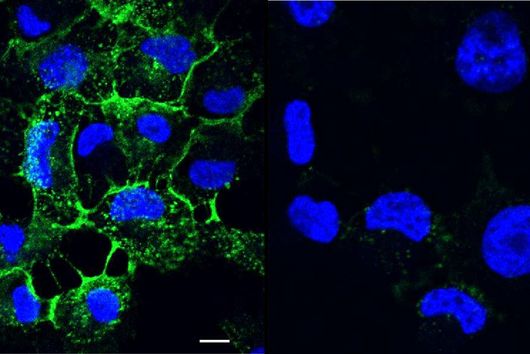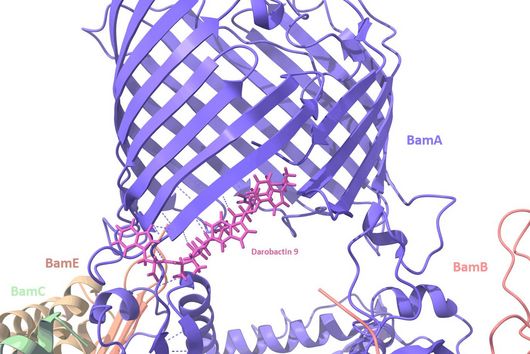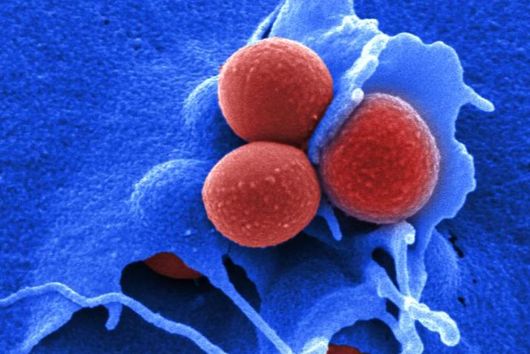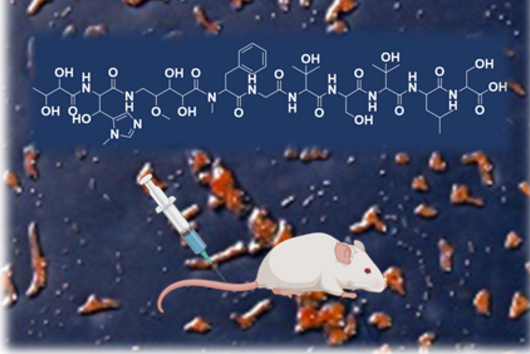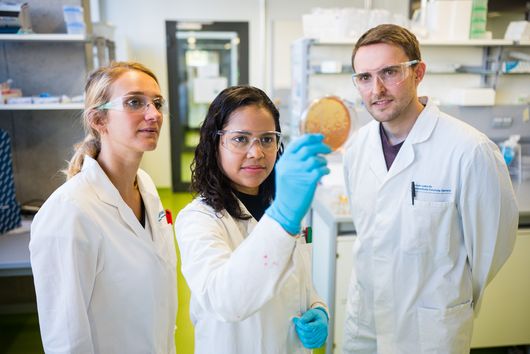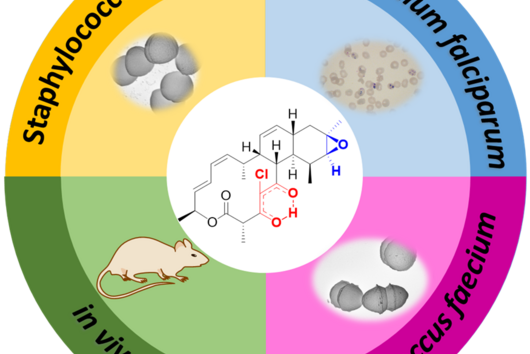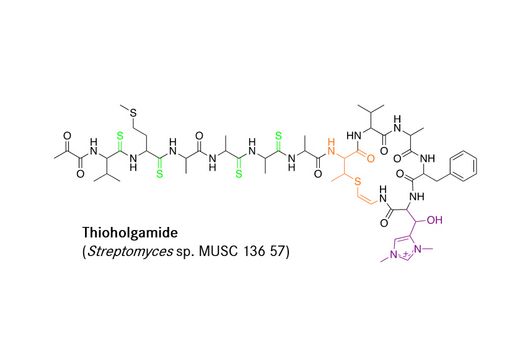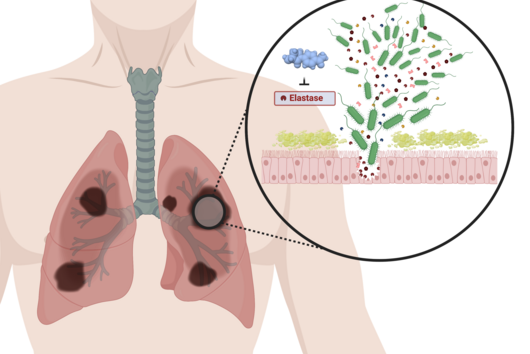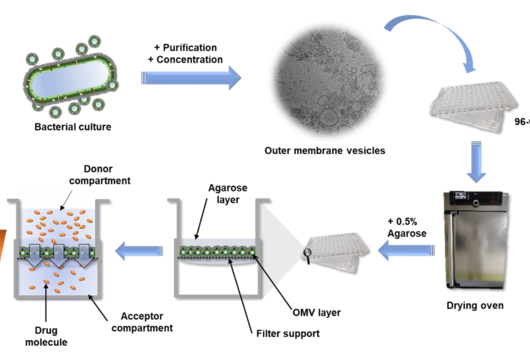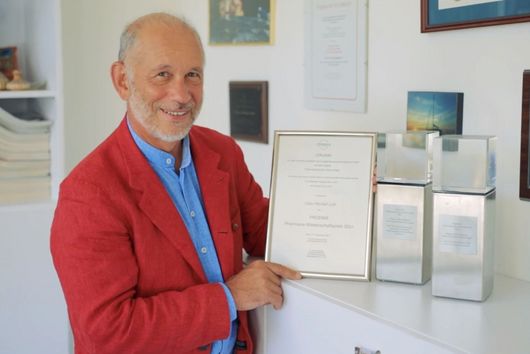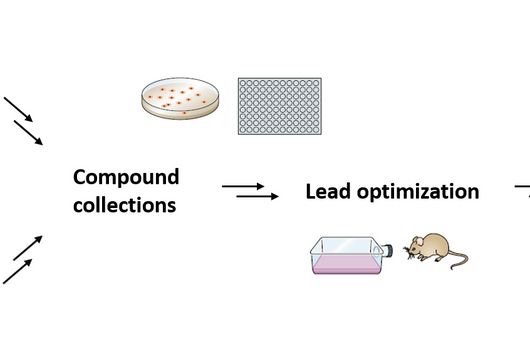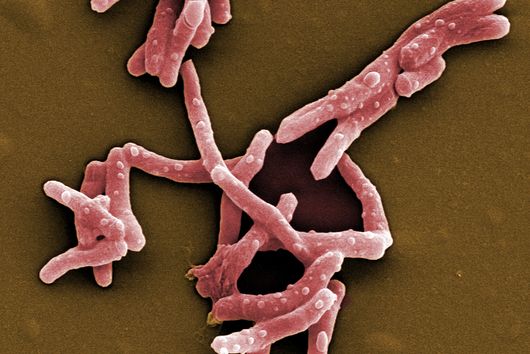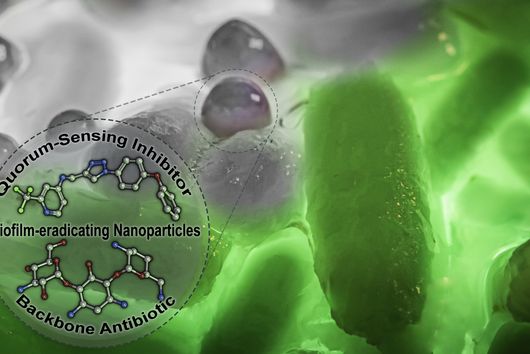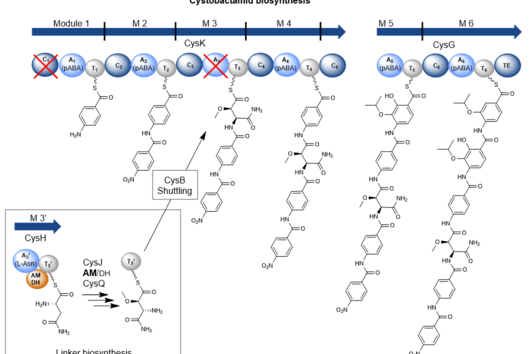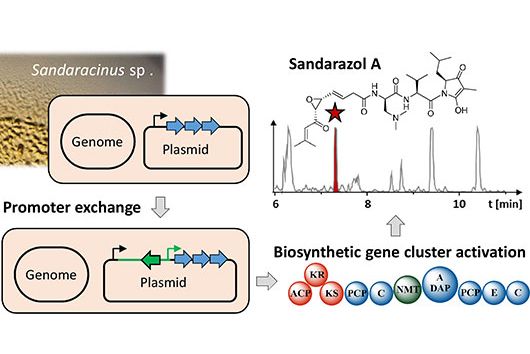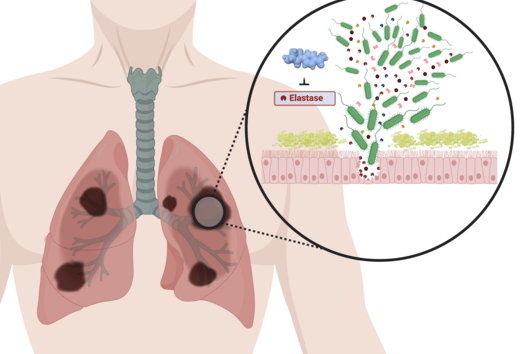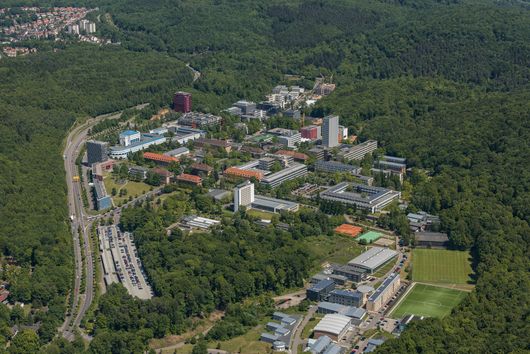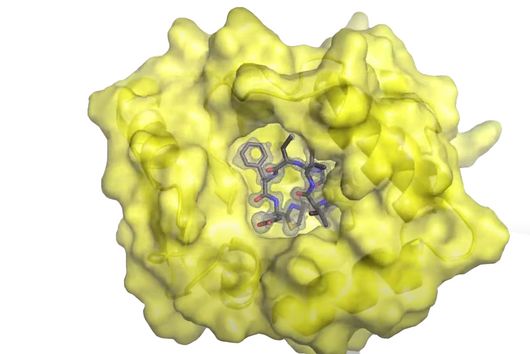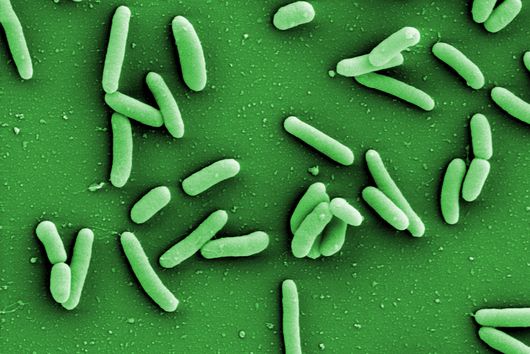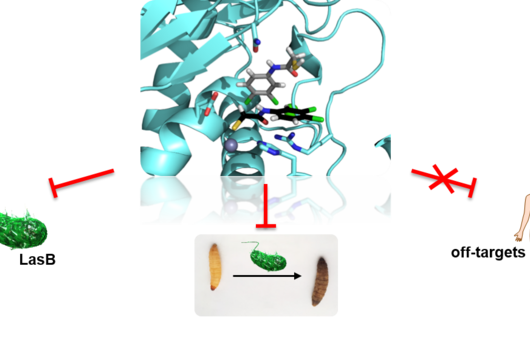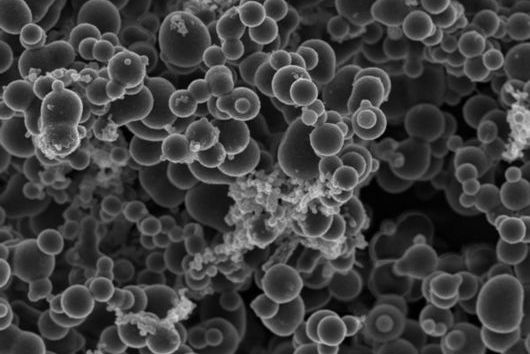Saarbrücken, November 16, 2023 - Sustainable and environmentally friendly production processes are playing an increasingly important role in almost all branches of industry. The production of active pharmaceutical ingredients in particular involves the use of various materials and reagents, many of which have environmentally harmful properties and therefore require costly processing and disposal. Researchers at the University of Graz and the Helmholtz Institute for Pharmaceutical Research Saarland (HIPS) have now succeeded in developing a strategy for the synthesis of active pharmaceutical ingredients from wood waste that does not involve any harmful starting materials or by-products. The team published its results in the journal Angewandte Chemie International Edition.
The basis for the developed strategy to produce new active ingredients is the compound lignin. Lignin is a biopolymer found in plants and is responsible for their lignification and stability. Chemically, lignin is made up of a large number of various aromatic compounds that are linked together. If lignin is broken down into its individual building blocks, these can then be used to produce high-value products such as fuels or fine chemicals. Since lignin is one of the most abundant organic compounds in the world, it can be obtained both sustainably and in large quantities. The teams of Anna Hirsch (HIPS) and Katalin Barta (University of Graz) have now successfully demonstrated that it is also possible to use lignin for the production of active pharmaceutical ingredients in an environmentally friendly process. HIPS is a site of the Helmholtz Centre for Infection Research in collaboration with Saarland University.
The starting point of the study was an efficient process established in Barta's group for the degradation of lignin into a precursor substance that is ideally suited for the production of potential active ingredients. Based on this molecule, the researchers created several strategies for the synthesis of four different substance classes, each with multiple derivatives. A decisive advantage was that, in addition to the starting substance lignin, only other non-harmful and biodegradable solvents and reagents were used in the process. Thus, the established platform offers a possibility for the sustainable and green production of active precursor substances for drug development - so far a rarity in the pharmaceutical industry.
After successfully converting lignin into different classes of potential active substances, the researchers examined them for their biological activity. "In characterizing our synthesized molecules, we looked at which of the substances were capable of influencing the growth of different types of bacteria, or even cancer cells," says Hirsch, head of the Drug Design and Optimization department at HIPS and professor of medicinal chemistry at Saarland University. "We were pleasantly surprised: Several of the candidates produced showed excellent activity, even against germs that often show resistance to common antibiotics in a clinical context and thus cause major problems. This shows us that our strategy is quite capable of addressing the need for new compounds." One of the most promising compounds has already been tested in an infection model on larvae of the large wax moth. Compared to untreated larvae, significantly more larvae survived infection with the pathogen Streptococcus pneumoniae when they were simultaneously treated with the compound produced by the researchers. S. pneumoniae can also infect humans and cause severe pneumonia.
"Our technology allows us to produce molecules that are otherwise very difficult to access - and on the basis of a substance that would normally be considered waste," says Katalin Barta, professor of bioorganic chemistry at the University of Graz. "We are certain that production processes of the future will have to be green and sustainable. Already today, there is a critical shortage of resources in some parts of pharmaceutical production. So if we manage to offer an economically viable alternative based on lignin, we can address two problems at once." Since the production of active ingredients currently often uses petroleum-based reagents and starting materials, a switch to renewable resources would make an important contribution to reducing dependence on fossil fuels. In further studies, the teams of the two researchers plan to further investigate and optimize their most promising compounds.
Original publication
Afanasenko et al., Clean Synthetic Strategies to Biologically Active Molecules from Lignin: A Green Path to Drug Discovery. 2023, Angewandte Chemie Int. Ed.. DOI: 10.1002/anie.202308131

